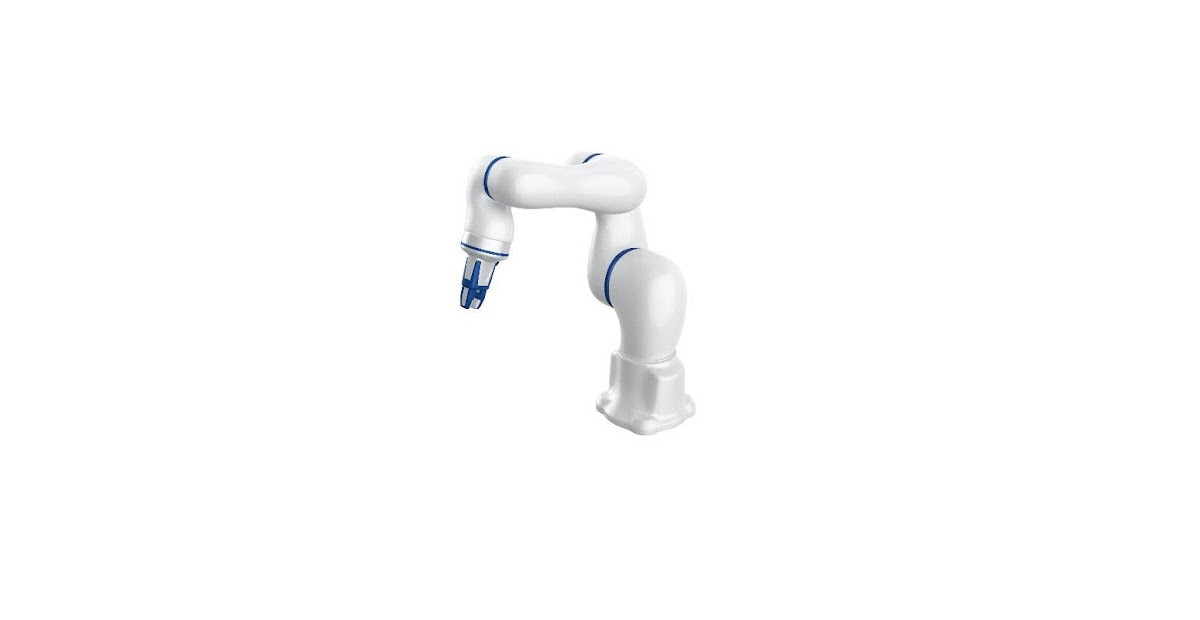
What Are Industrial Robots? Explanation of Main Types and Structures
Over the past few years, the industrial robot market has expanded significantly. In Japan, various companies are introducing industrial robots because they help solve labor shortages in factories and improve quality. Many companies that are considering the introduction of industrial robots may be interested in learning more about the structure and types of robots.
This article explains the basics of industrial robots, from types to structures.
contents[非表示]
What Are Industrial Robots?
Industrial robots perform processing, assembly, cleaning, and other tasks required in factories in place of humans. Automation of each process improves work efficiency and contributes to reducing labor shortages and costs.
Industrial robots have already been introduced in various industries such as automobiles, semiconductors, and food, and are expected to become even more widespread in the future.
In addition to industrial robots, there are also robots called service robots. The differences are as follows.
▼Differences between Industrial Robots and Service Robots
Industrial Robots |
Service Robots |
|
Objective |
Substitution of human work |
Assistance with human tasks and movements |
Purpose |
Transport robots |
Medical robots |
It may be easier to understand if you think of industrial robots as those used for automation in industry, and service robots as those used for other than industrial automation, such as for assistance in daily life.
Main Types of Industrial Robots
Industrial robots are broadly divided into two systems: drive systems and arm systems.
There are various types of industrial robots depending on their applications. Here we introduce the features and applications of four types of industrial robots that are indispensable for improving factory efficiency.
Mabuchi Motor offers motors that can be used with any of the types of robots introduced below.
Vertically Articulated Robots
Vertically articulated robots, also called arm robots because they are shaped like human arms, feature a high degree of freedom of movement.
They can reproduce movements like human hands, and are used in processes such as product packaging, welding, and painting. Generally, they have four to seven axes, with six-axis mechanisms being the most common.
Because of their high versatility, they are used in many situations among industrial robots.
Horizontal Articulated Robots
Horizontal articulated robots are industrial robots that literally specialize in horizontal movement.
They are also called "SCARA robots," an acronym for "Selective Compliance Assembly Robot Arm."
The four-axis mechanism allows the tip of the robot to move up and down, making it suitable for vertical work such as pushing and assembling parts.
Parallel Robots
Parallel robots are industrial robots that use a parallel mechanism (a mechanism in which a single point is controlled by multiple arms configured in series).
They excel in high-speed and precise movements, and are used for tasks such as aligning, filling, packaging, and boxing products flowing on conveyor belts.
In addition, since the output of multiple motors can be concentrated at a single point, it can also be used for press work, which is considered difficult with articulated industrial robots.
Cartesian Robots
Cartesian robots are simple industrial robots that combine multiple single-axis linear robots.
While limited to linear motion, Cartesian Robots excel at high-precision work with minimal fluctuation.
The number of axes can be increased according to the application, providing a lot of design flexibility. By combining articulated robots such as vertically articulated robots and horizontally articulated robots, Cartesian robots can be used for more complex operations such as product transfer.
Structures of Industrial Robots
The basic structure of an industrial robot arm is the same as that of a human. For example, bones are "links" and joints are "joints. "
A typical industrial robot consists of three parts: an arm called "manipulator" and "control box", and a "teach pendant that is used to operate and adjust the program.
▼The Three Organizations that Make Up Industrial Robots
Organization |
Features |
Manipulator |
Main body part of the robot. |
Control Box |
Control unit containing servo amplifiers, boards, etc. that control the movement of servomotors. |
Teach Pendant |
Set the operation details (teaching data) in the manipulator. |
Robot links can be broadly classified into two types: Serial link for series connection and parallel link for parallel connection.
Types of Motors for Industrial Robots
The types and structures of industrial robots have been explained so far, but there are also various types of motors build into robots. The three main types of motors are brushless DC motors, stepper motors, and servomotors.
▼Types of Motors Used in Industrial Robots
Type |
Fearures |
Brushless DC Motors |
|
|
Stepper Motor |
|
Servomotors |
|
There are many other types of motors that can be used in industrial robots, and the appropriate type must be selected for the application.
Types of Industrial Motors are explained in detail in the following article.
How to Select an Industrial Motors: Types of Motors and Selection Points
Summary
In this article, we have described industrial robots.
Industrial Robots
Main Types of Industrial Robots
Structures of Industrial Robots
Industrial robots are used to improve efficiency in factories by replacing work performed by humans. They can be broadly classified into two categories: drive systems and arm systems, and various other types are being developed for different applications.
The motors used in industrial robots must be selected to suit the application.
Mabuchi Motor offers a diverse lineup of brushless DC motors, which can be used not only in the industrial robots introduced in this article, but also in medical equipment and home appliances.
Please feel free to contact us for the best proposal to meet your needs.
contact




